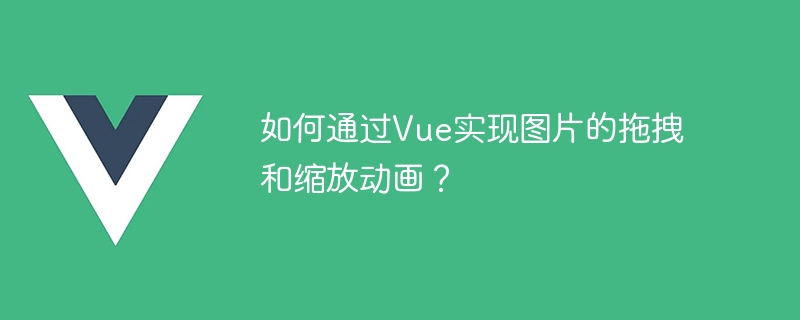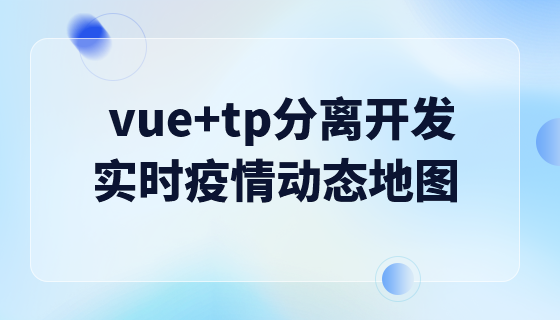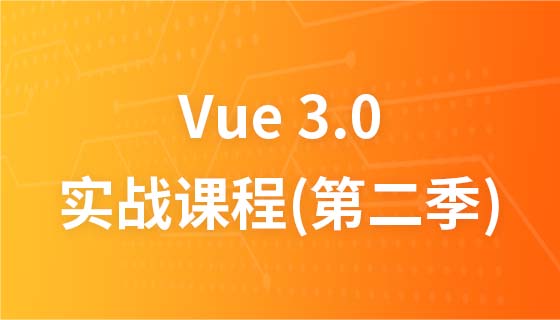
如何通过Vue实现图片的拖拽和缩放动画?
Vue是一款流行的JavaScript框架,它能够轻松构建交互性强的单页面应用。在开发过程中,经常会遇到需要实现图片拖拽和缩放动画的需求。本文将介绍如何通过Vue来实现这些功能,并提供相应的代码示例。
首先,我们需要准备一个Vue组件来展示图片。在该组件中,我们可以使用标签来展示图片,并添加必要的样式让其能够被拖拽和缩放。以下是一个简单的图片展示组件的示例代码:
<template>
<div class="image-container">
@@##@@
</div>
</template>
<script>
export default {
data() {
return {
imageUrl: 'path_to_your_image', // 图片路径
isDragging: false, // 是否正在拖拽
startX: 0, // 开始拖拽时的横坐标
startY: 0, // 开始拖拽时的纵坐标
currentX: 0, // 当前的横坐标
currentY: 0, // 当前的纵坐标
scale: 1 // 缩放比例
};
},
methods: {
handleMouseDown(event) {
event.preventDefault();
this.isDragging = true;
this.startX = event.clientX - this.currentX;
this.startY = event.clientY - this.currentY;
document.addEventListener('mousemove', this.handleMouseMove);
document.addEventListener('mouseup', this.handleMouseUp);
},
handleMouseMove(event) {
event.preventDefault();
if (this.isDragging) {
this.currentX = event.clientX - this.startX;
this.currentY = event.clientY - this.startY;
this.$refs.image.style.transform = `translate(${this.currentX}px,${this.currentY}px) scale(${this.scale})`;
}
},
handleMouseUp() {
this.isDragging = false;
document.removeEventListener('mousemove', this.handleMouseMove);
document.removeEventListener('mouseup', this.handleMouseUp);
},
handleTouchStart(event) {
event.preventDefault();
this.isDragging = true;
this.startX = event.changedTouches[0].clientX - this.currentX;
this.startY = event.changedTouches[0].clientY - this.currentY;
document.addEventListener('touchmove', this.handleTouchMove);
document.addEventListener('touchend', this.handleTouchEnd);
},
handleTouchMove(event) {
event.preventDefault();
if (this.isDragging) {
this.currentX = event.changedTouches[0].clientX - this.startX;
this.currentY = event.changedTouches[0].clientY - this.startY;
this.$refs.image.style.transform = `translate(${this.currentX}px,${this.currentY}px) scale(${this.scale})`;
}
},
handleTouchEnd() {
this.isDragging = false;
document.removeEventListener('touchmove', this.handleTouchMove);
document.removeEventListener('touchend', this.handleTouchEnd);
}
}
};
</script>
<style scoped>
.image-container {
display: flex;
align-items: center;
justify-content: center;
height: 500px;
width: 500px;
overflow: hidden;
}
img {
user-select: none;
pointer-events: none;
max-width: 100%;
max-height: 100%;
transform-origin: 0 0;
}
</style>在上述代码中,我们通过标签展示了图片,并添加了mousedown、mousemove和mouseup事件来处理图片的拖拽功能;同时,我们也添加了touchstart、touchmove和touchend事件,以便在移动设备上实现拖拽功能。通过transform属性来实现图片的拖拽效果。
立即学习“前端免费学习笔记(深入)”;
为了实现图片的缩放效果,我们可以继续添加相关的代码。以下是在原有基础上添加缩放功能的代码示例:
template:
...
<div class="zoom-container">
<button @click="handleZoomIn">Zoom In</button>
<button @click="handleZoomOut">Zoom Out</button>
</div>
...
methods:
...
handleZoomIn() {
this.scale += 0.1;
this.$refs.image.style.transform = `translate(${this.currentX}px,${this.currentY}px) scale(${this.scale})`;
},
handleZoomOut() {
if (this.scale > 0.1) {
this.scale -= 0.1;
this.$refs.image.style.transform = `translate(${this.currentX}px,${this.currentY}px) scale(${this.scale})`;
}
}
...在上述代码中,我们添加了两个按钮,并通过handleZoomIn和handleZoomOut两个方法实现了缩放功能。当用户点击Zoom In按钮时,图片的缩放比例将增加0.1;而当用户点击Zoom Out按钮时,图片的缩放比例将减小0.1。通过设置this.$refs.image.style.transform属性,以更新图片的缩放效果。
通过以上代码示例,我们可以通过Vue实现图片的拖拽和缩放动画功能。你可以根据自己的需求,进一步调整代码和样式,以满足更多的交互需求。希望本文对你有所帮助!
以上就是如何通过Vue实现图片的拖拽和缩放动画?的详细内容,更多请关注php中文网其它相关文章!

每个人都需要一台速度更快、更稳定的 PC。随着时间的推移,垃圾文件、旧注册表数据和不必要的后台进程会占用资源并降低性能。幸运的是,许多工具可以让 Windows 保持平稳运行。




Copyright 2014-2025 https://www.php.cn/ All Rights Reserved | php.cn | 湘ICP备2023035733号